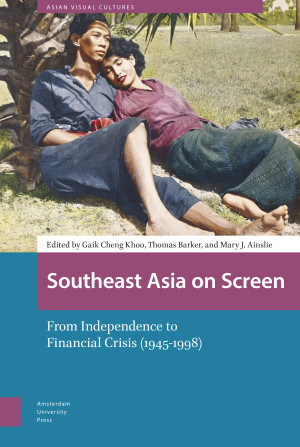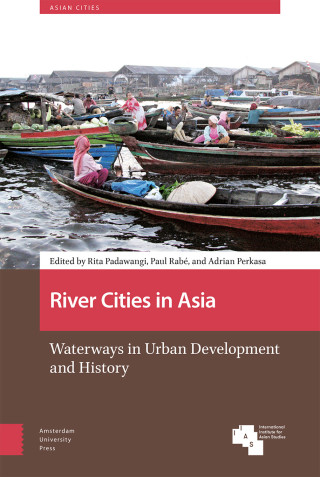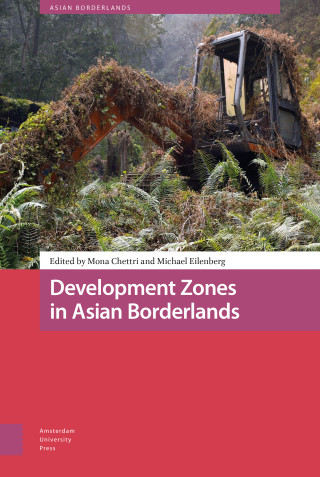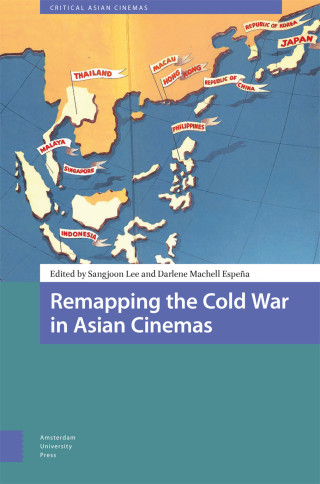"Sharing a critical interest in examining the "national" in Southeast Asian cinemas, Postcolonial Hangups [Amsterdam University Press, 2021] and Southeast Asia on Screen make use of distinctly different methodologies and focus on diverse geopolitical regions and their cinemas. The two books expand the limits of Southeast Asian, Asian, national, and postcolonial cinema as well as lend insights to film aesthetics. Both books have incorporated valuable and new perspectives with much-appreciated historical depths. Invested readers will surely benefit from the vast array of film texts examined as well as the knowledge and critical perspectives offered by these specialists of the field."
- Min Hui Yeo, Global Storytelling 1.2 (2022)
"This anthology from Amsterdam University Press expands the limited scholarship on South East Asian cinema by featuring film critics and historians based outside North America, Europe and Australia. Amid moves toward diversity and decolonization, its spotlight on the work of South East Asian film experts in the greater Asia-Pacific region is praiseworthy. [...] Southeast Asia on Screen is a rich, timely resource for delving into an exciting, burgeoning field of study that illustrates their continued resonance and urgency."
- Elmo Gonzaga, The Chinese University of Hong Kong, Hong Kong, South East Asia Research, September 2021





